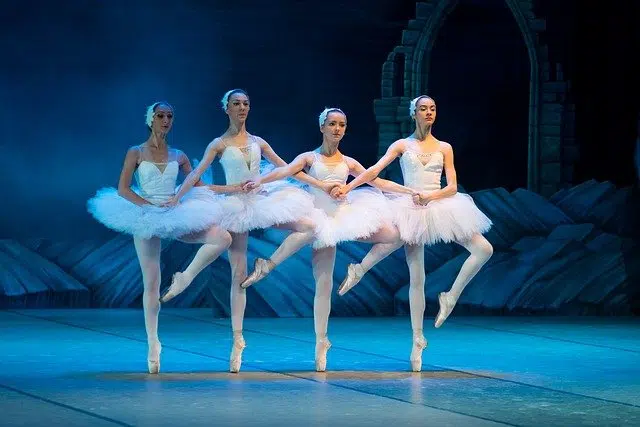
Classical dance has particular movements and techniques that identify it.
Classical dance , also known as ballet , is a type of dance that has different techniques and specific movements. Ballet is also the name that refers to the musical piece composed to be performed through dance.
This dance emerged during the Renaissance , when weddings and aristocratic events were celebrated with court dancers showing their skills. As time went by, the movements and steps were perfected.
In addition to this, it should also be noted that it was in France and specifically during the reign of Louis XIV when the professionalization of classical dance took place. Thus, a few years later, in the second half of the 17th century, what is considered the first classical dance school opened its doors. We are referring to the Académie Royale de la danse.
Types of classical dance
The ballet can constitute an autonomous piece or be interspersed within an opera or a play . Among the different types of classical dances, we can mention court ballet , romantic ballet and action ballet .
The court ballet is one that was born in France at the end of the 16th century and, as its name indicates, it emerged in the environment of the court. Professional dancers, courtiers and also members of the royal family themselves are the ones who perform this classical dance. Among the most characteristic works of this type of dance is, for example, the one entitled "Ballet des Polonais."
The romantic ballet, for its part, we can establish that it is one that was born in the early stages of the 19th century and was in force until 1850. Among its most characteristic works is "La Sylphide."
And finally there is the aforementioned action ballet that was born in the 18th century and is fundamentally identified by the fact that it mixes pantomime and dance.

Classical dance is also known as ballet.
The role of the dancer
Classical dance requires significant concentration from the dancer, who must execute body movements with great precision and coordination . Training is essential since many of the ballet forms require elasticity and strength.
Costumes play a fundamental role in classical dance. Dancers wear clothing attached to their bodies so that their movements can be seen more easily. Special slippers with plaster or cardboard toes are known as ballet pointe : this allows the dancer to support her entire body weight on the balls of her feet.
This practice, however, is risky since it requires great strength in the legs and can cause tears or even fractures. Using ballet pointe, on the other hand, can be very painful.
Exponents of classical dance
In addition to all of the above, we cannot ignore mentioning some of the best representatives of classical dance of all time.
In this case, we would have to refer to Vaslav Nijinski, Anna Pavlova, Rudolf Nurejev, Mikhail Baryshnikov, Julio Bocca, Natalia Makarova...
